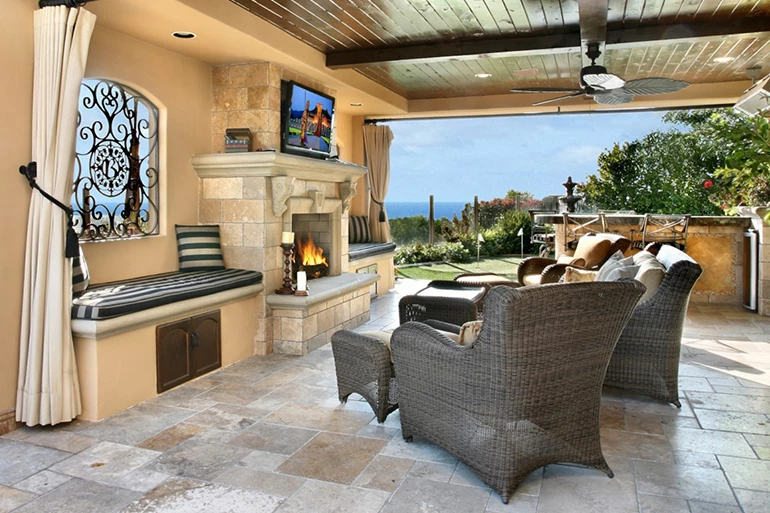A Guide to Outdoor Fireplaces
Outdoor fireplace ideas are a dime a dozen, but what do you do when it's time to make a decision? Whether you are looking for a fire pit, an outdoor fireplace, or something in between the two, it can be a little daunting to decide what works best for your space, and budget. Don't worry though, because we have a number of great outdoor living products in store for you.
It does not matter if you have grand plans for an entire makeover of your backyard or patio area or just adding a little pizzazz to the exterior of your home, you will have many questions. Some of those questions will include: where do you start with an outdoor fireplace? What are the different types? How much does an outdoor fireplace cost? What about fire pits? Is there something in between the two? Where can I see some pictures of backyard fireplace ideas?


